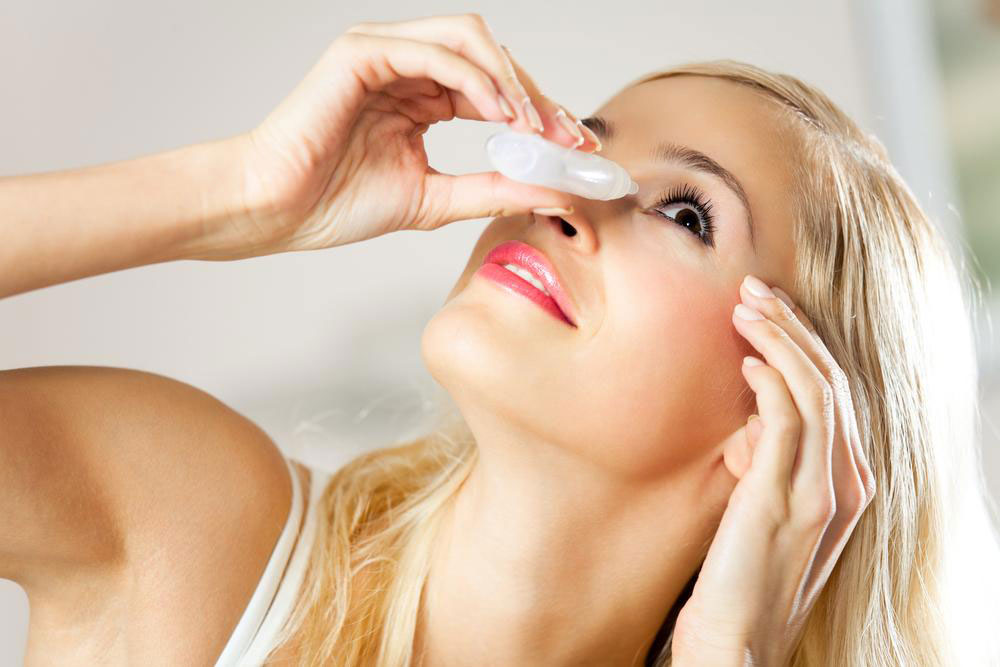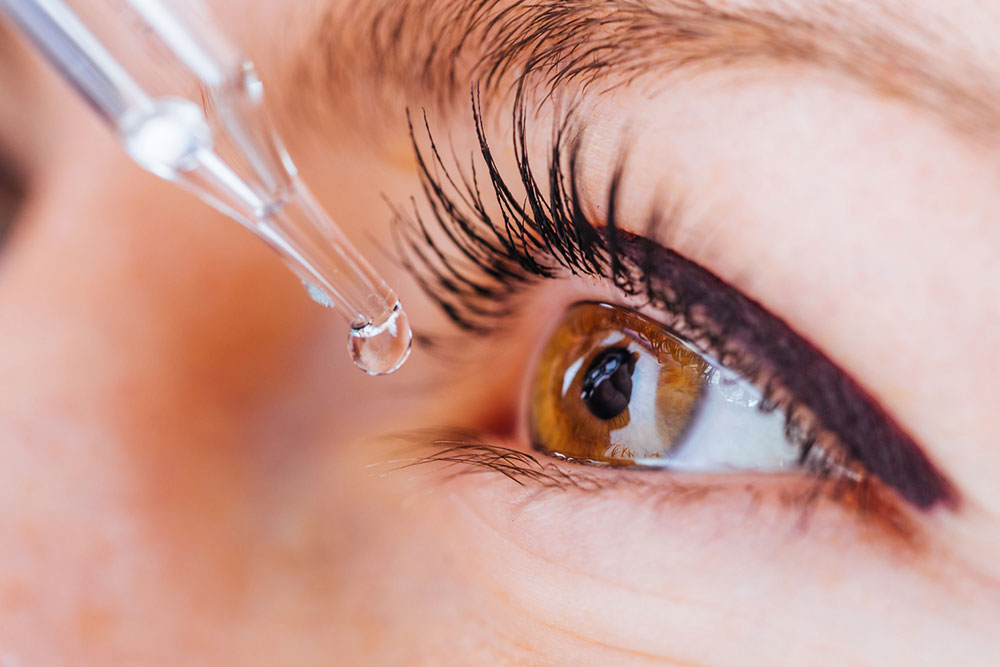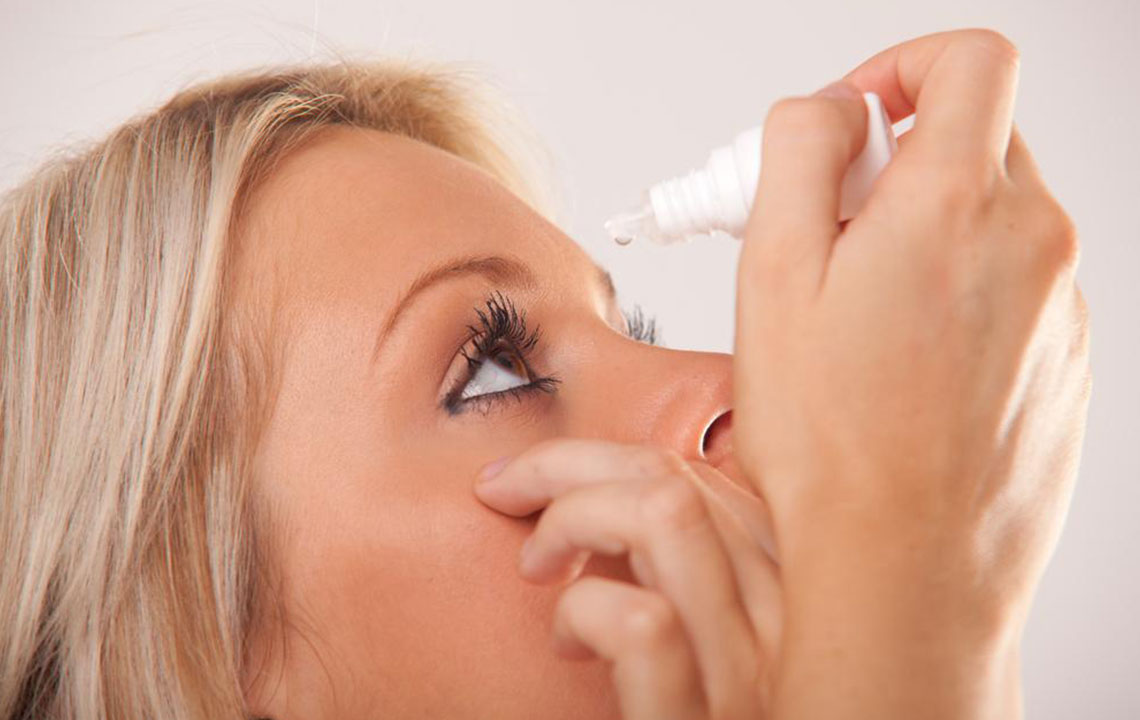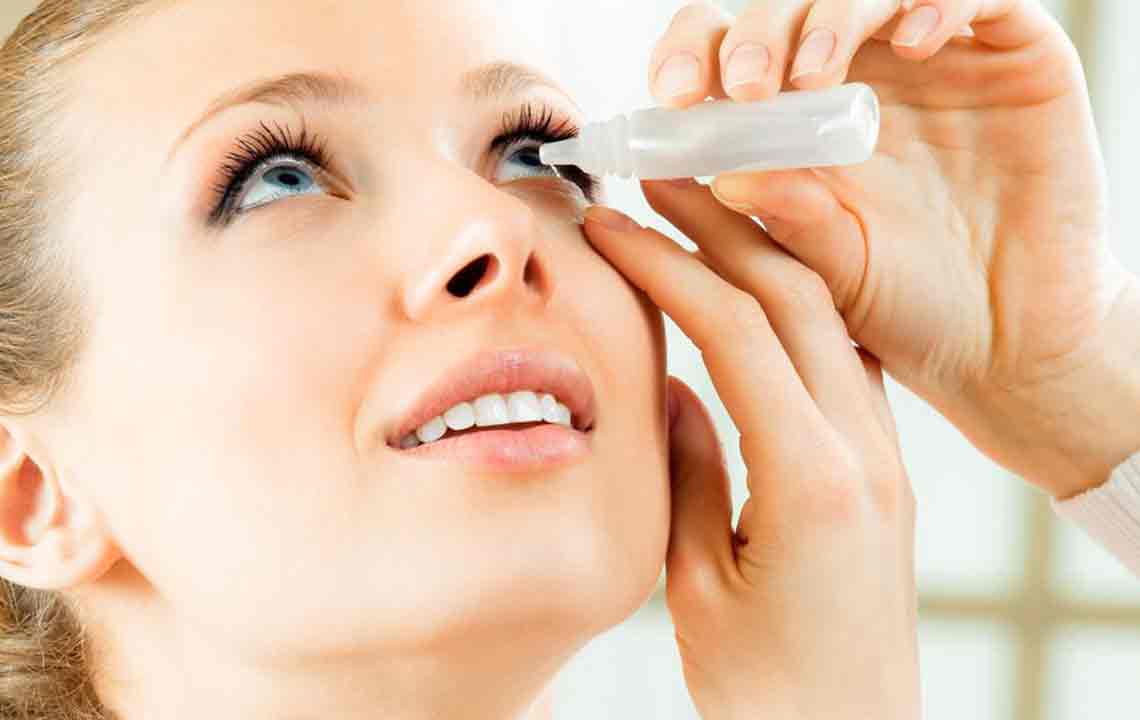Effective Strategies for Managing Dry Eye Syndrome
Learn effective methods to manage dry eye syndrome, including artificial tears, lifestyle changes, and medical treatments. This guide highlights symptoms, causes, and practical tips for relief, helping to improve eye comfort and vision health.

Effective Strategies for Managing Dry Eye Syndrome
Dry eye syndrome is a persistent condition that can affect anyone at any age. It’s characterized by inadequate lubrication of the eye surface, leading to discomfort and vision issues. The severity varies, and while some cases can be alleviated with proper care, others may require ongoing treatment. Mild cases often see significant relief through appropriate interventions, resulting in improved clarity of vision and increased comfort. Symptoms include redness, irritation, itching, inflammation, and sometimes visual blurriness. Recognizing and addressing dry eye early is important for maintaining healthy eyes.
Dry eye is a common issue that prompts many visits to eye clinics. It is also known as keratoconjunctivitis sicca or KCS. The eye’s surface relies heavily on tears, which contain water, oils, mucus, and antibodies, to keep the eye moist, fight infections, and support clear vision. When tear production decreases or tears evaporate too quickly, dry eye develops, causing discomfort and potential damage.
Many people experience dry eye symptoms today, leading to frequent medical consultations. The condition, medically termed keratoconjunctivitis sicca, can disrupt daily life. Symptoms include itchiness, burning, redness, dryness, soreness, blurred vision, tired eyes, pain, increased sensitivity to light, tearing, and inflammation. Severity ranges from mild to severe, with some experiencing temporary episodes. Persistent or serious symptoms should prompt a visit to an eye specialist for proper diagnosis and tailored treatment.
Diagnosis generally involves reviewing symptoms and conducting tests. Causes of dry eye include gland dysfunction, contact lens use, allergies, pregnancy, vitamin A deficiency, laser eye surgery, and exposure to smoke. Medications for conditions like hypertension, depression, arthritis, and hormonal imbalance can also contribute. Treatments vary based on cause and severity, including artificial tears, steroid drops, protective glasses, changing medications, inserting tear duct plugs, and avoiding contact lenses.
Artificial tears are commonly prescribed to lubricate the eyes, reducing dryness and irritation associated with decreased tear production. These over-the-counter drops are widely available but should be used under an ophthalmologist’s guidance, as different formulations suit different levels of severity. Regular application helps maintain eye comfort and clarity, despite occasional temporary blurring. Lifestyle modifications, such as avoiding smoky or air-conditioned environments, using humidifiers, reducing screen time, and refraining from rubbing the eyes, can also aid in managing dry eye symptoms. Incorporating foods rich in omega-3 fatty acids, like oily fish, has shown benefits as well. Certain medications, including ciclosporin, diquafosol, and lifitegrast, may be recommended by healthcare providers. Lubricating ointments before bedtime can also provide additional relief.










